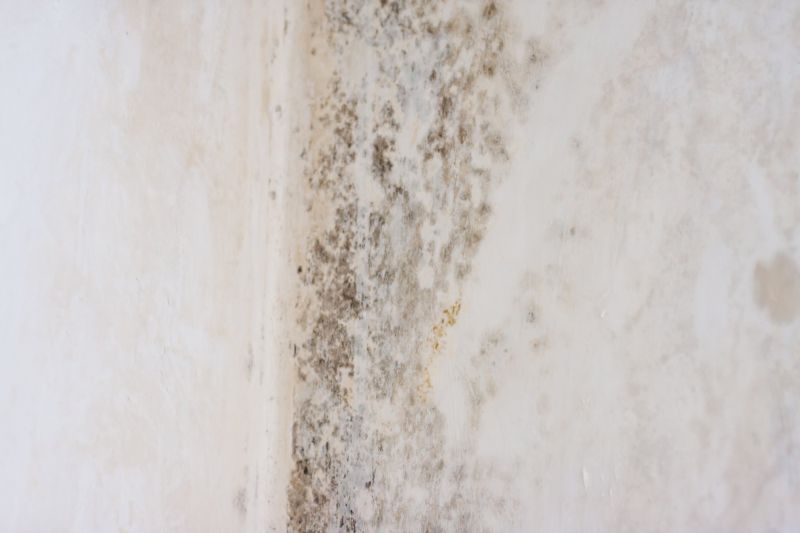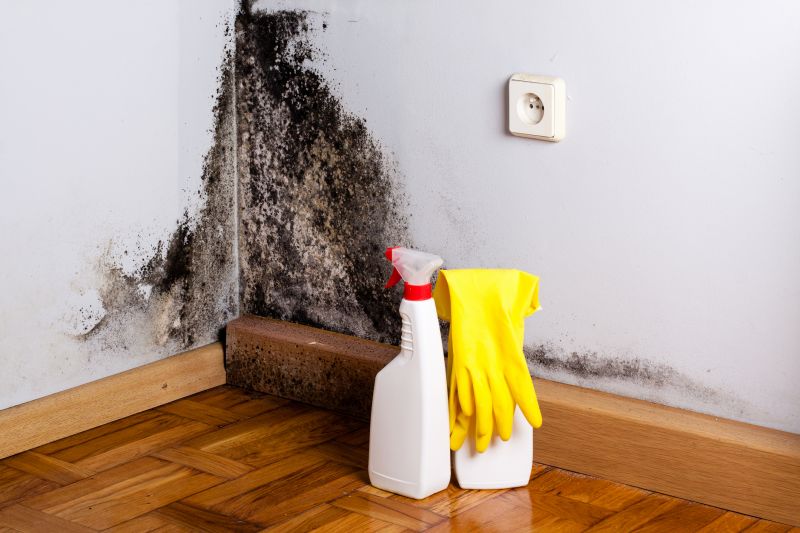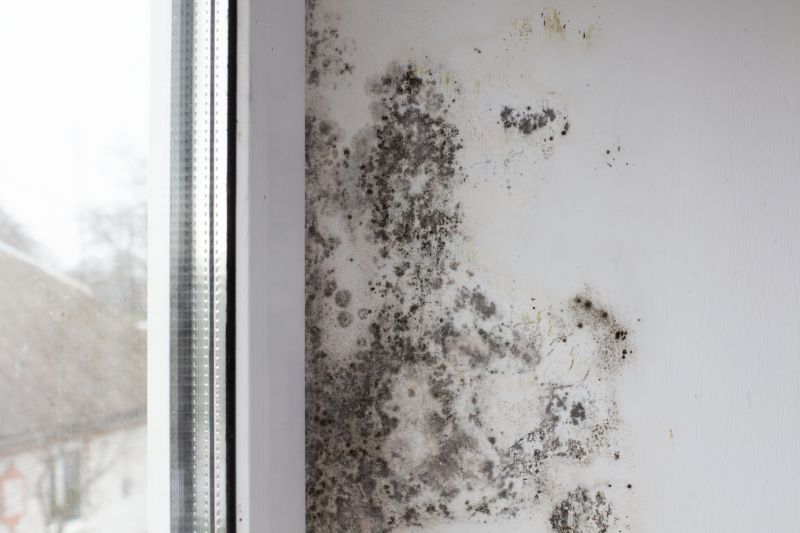White Mold Mitigation Timing Strategies
White mold mitigation strategies are most effective when implemented at specific points in the growth cycle or environmental conditions. Timing can influence the success rate of controlling mold proliferation and preventing extensive damage.
Conducting inspections before the growing season helps identify early signs of mold and allows for timely intervention.
Implementing mitigation during initial growth phases can prevent mold establishment and spread.
Addressing mold after harvest helps reduce residual spores and prepares the environment for the next cycle.
Mitigations should be timed with environmental shifts such as increased humidity or temperature fluctuations.

White mold appears as cottony white growth on plant surfaces.

High humidity and poor airflow contribute to mold development.

Proper tools and treatments are essential for effective mitigation.

Ways to make White Mold Mitigations work in tight or awkward layouts.

Popular materials for White Mold Mitigations and why they hold up over time.

Simple add-ons that improve White Mold Mitigations without blowing the budget.

High-end options that actually feel worth it for White Mold Mitigations.

Finishes and colors that play nicely with White Mold Mitigations.
| Timing Phase | Recommended Action |
|---|---|
| Pre-Season | Inspect and prepare environment for mold prevention. |
| Early Growth | Apply preventative treatments and monitor humidity levels. |
| Post-Harvest | Clean and disinfect to eliminate residual spores. |
| Environmental Shifts | Adjust mitigation strategies according to weather conditions. |
| High Humidity Periods | Increase ventilation and consider fungicide application. |
White mold mitigation involves a combination of environmental management, timely application of treatments, and regular inspections. Effective timing reduces the risk of mold outbreaks, which can cause significant crop loss and quality reduction. Statistics indicate that early intervention can decrease mold-related damages by up to 60%, emphasizing the importance of strategic timing.
